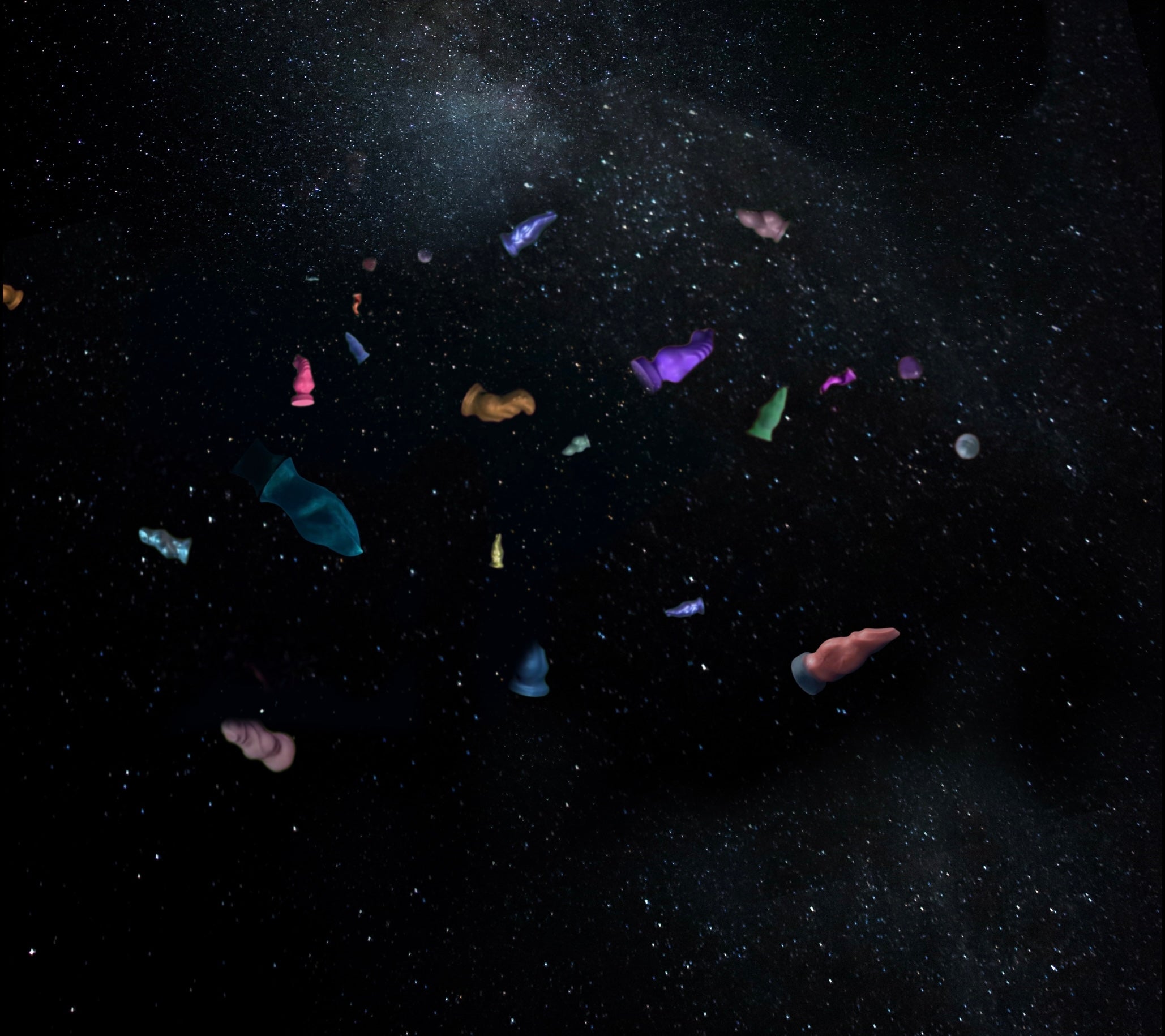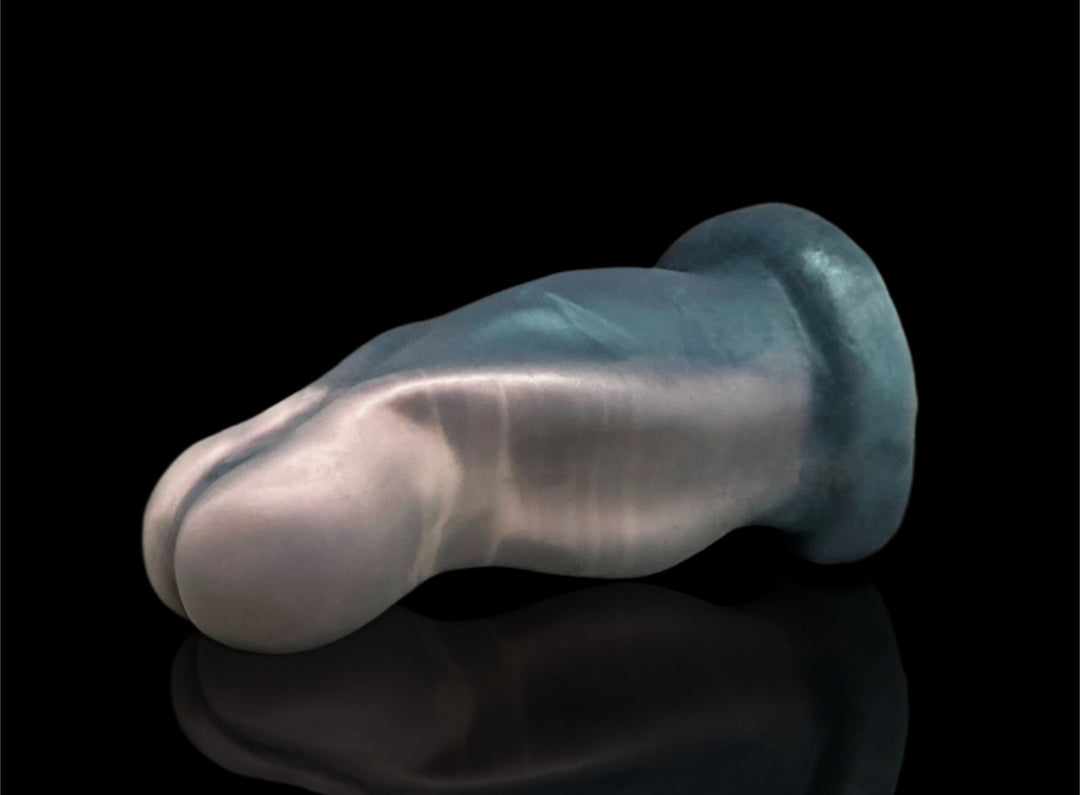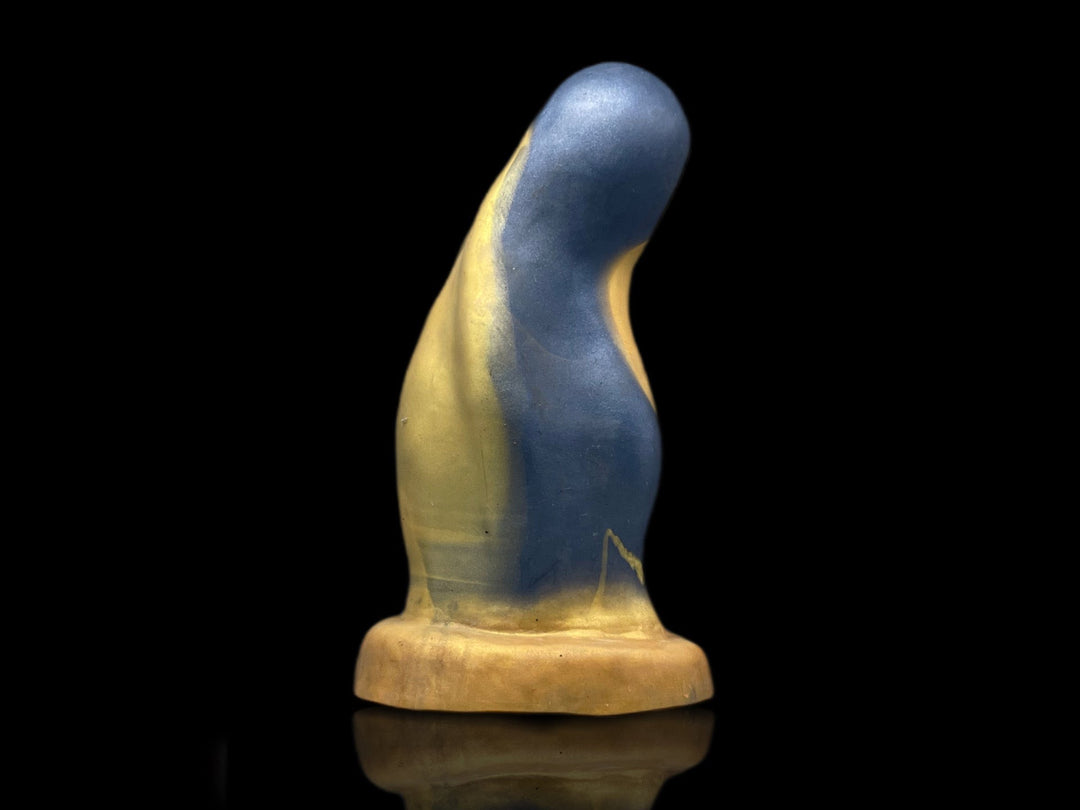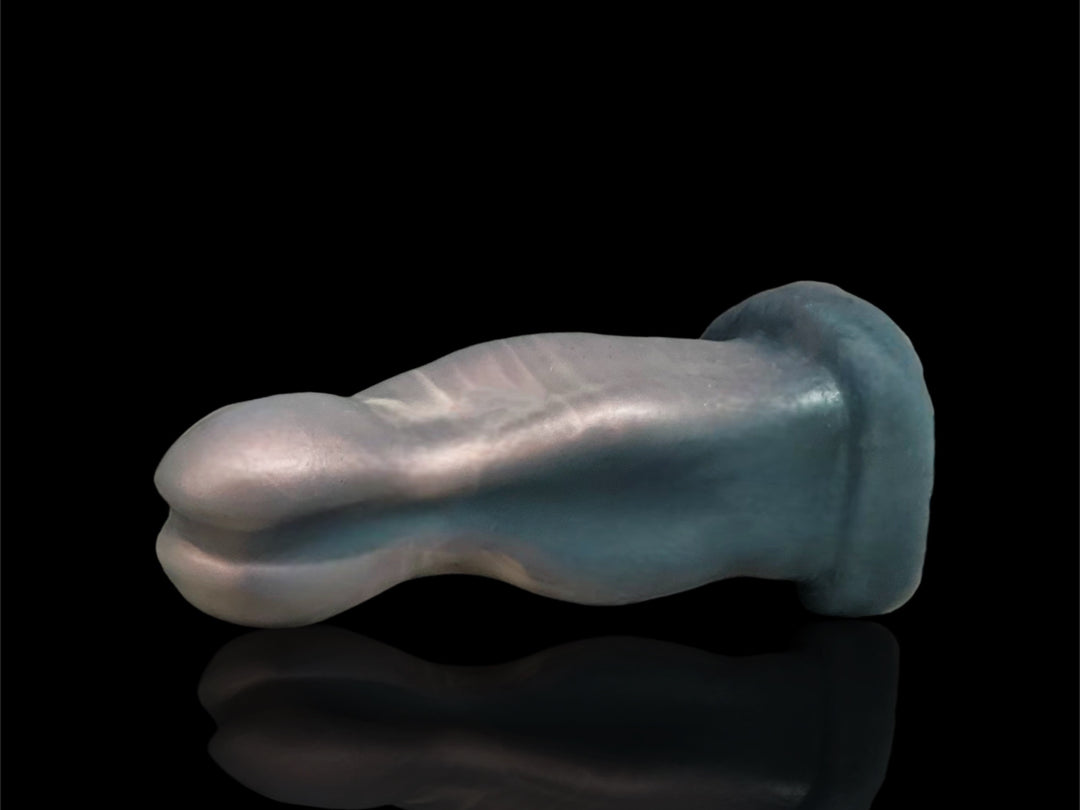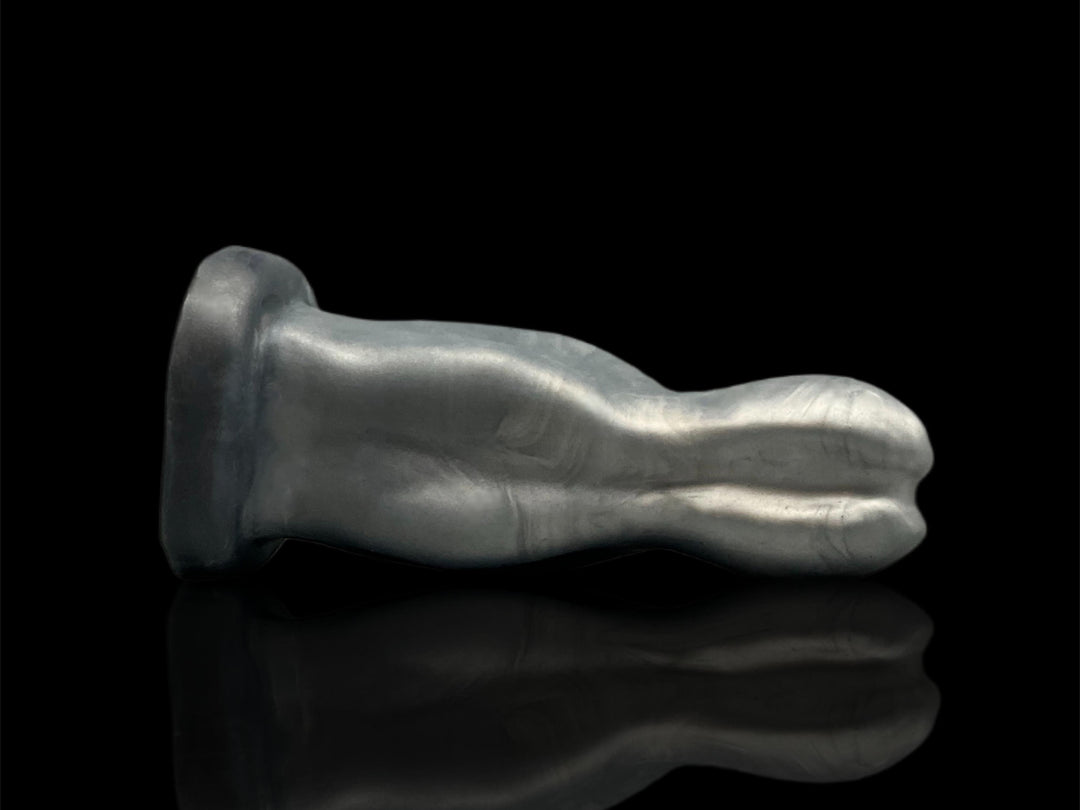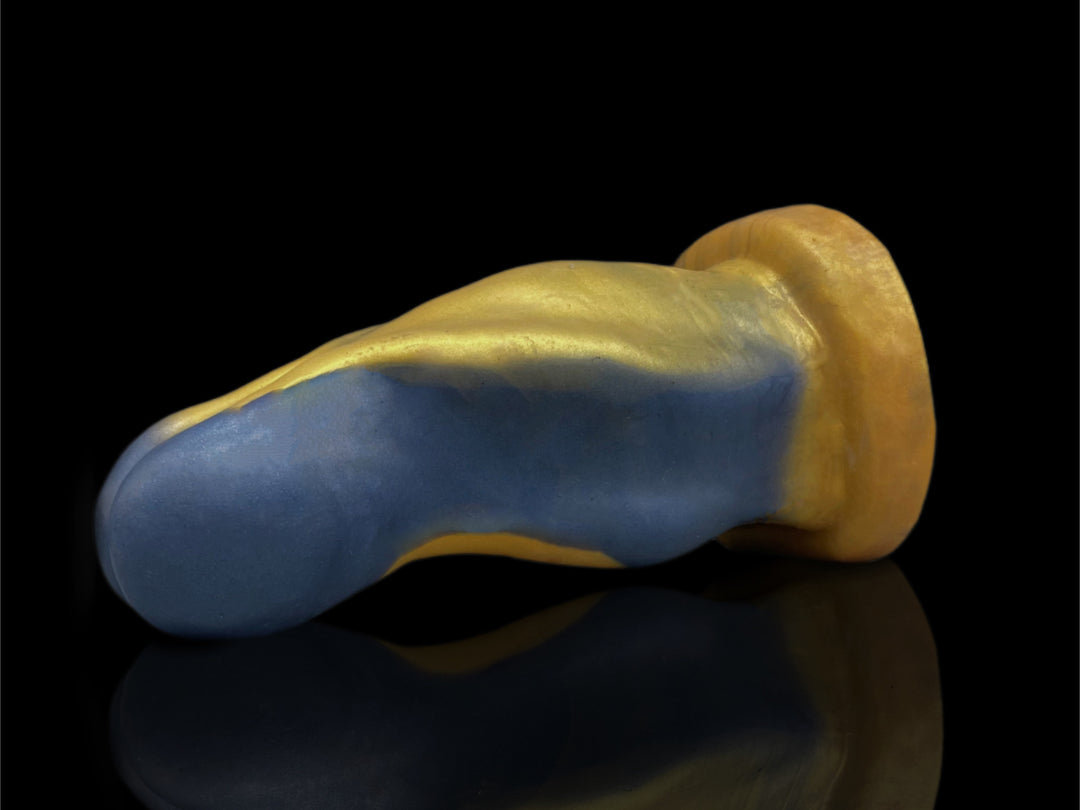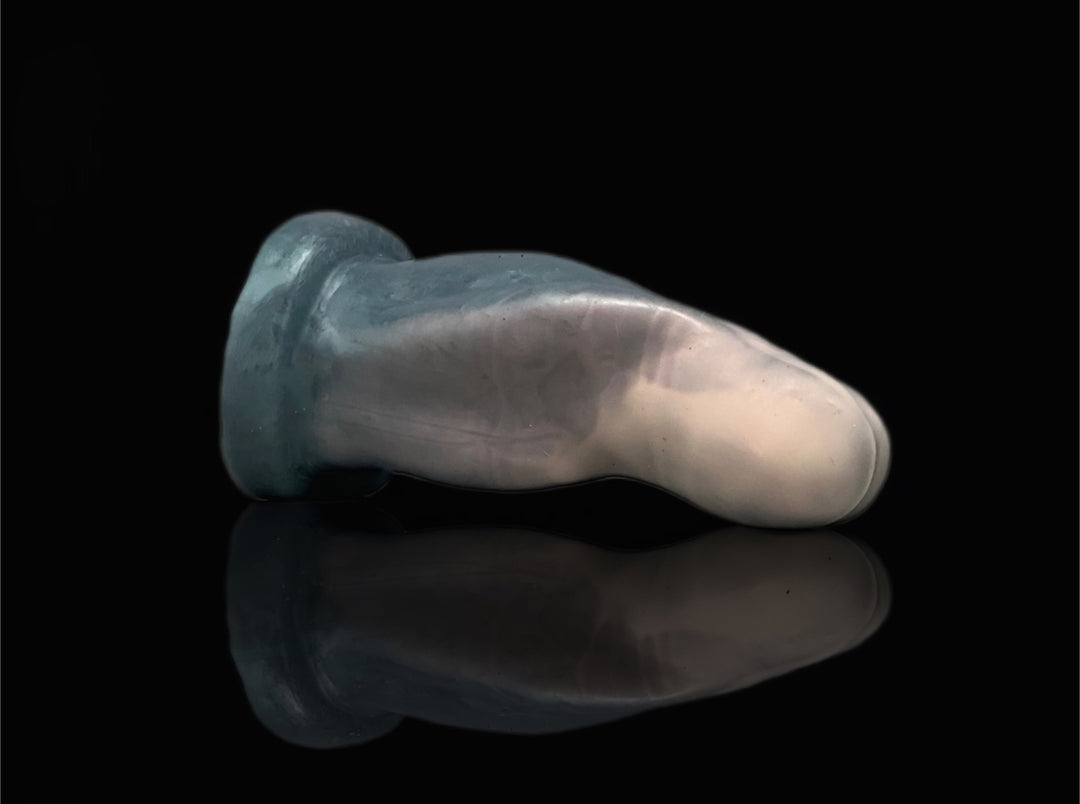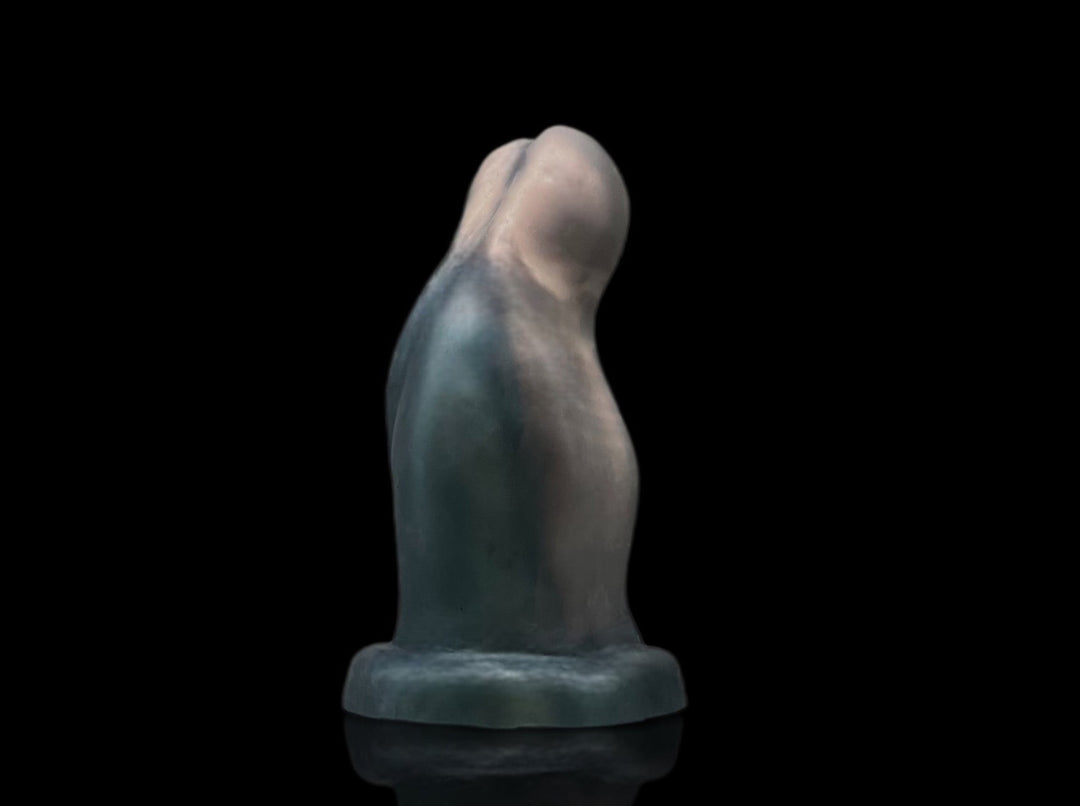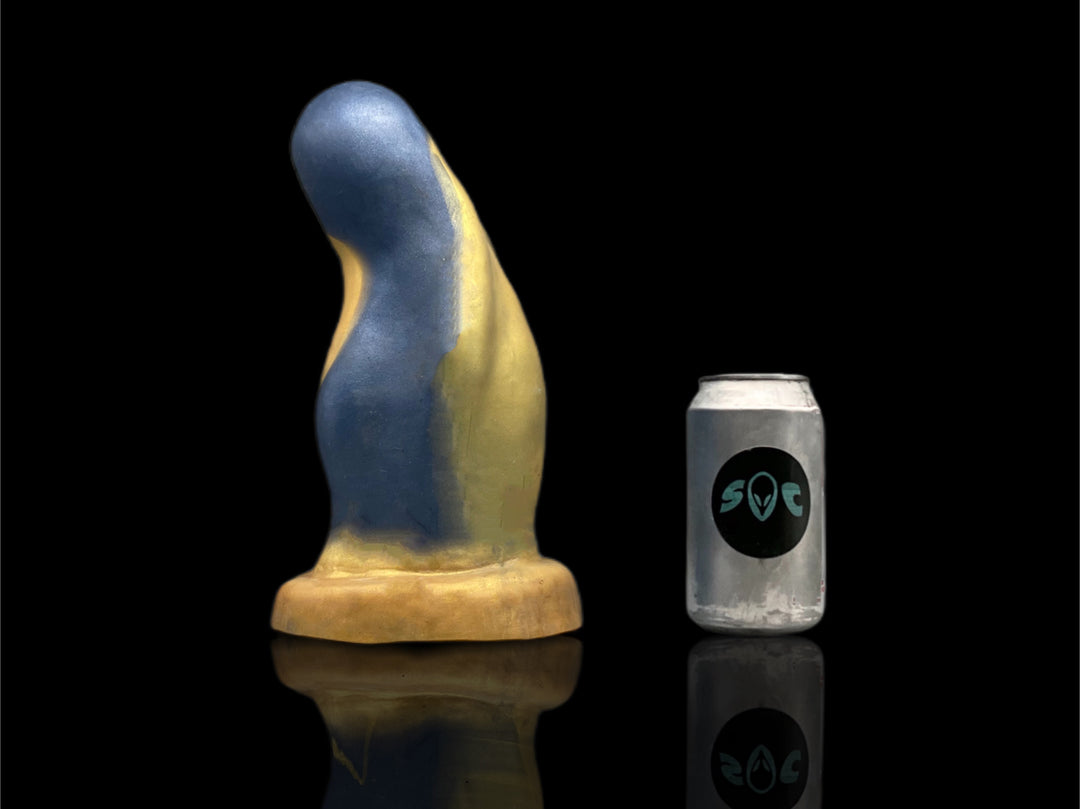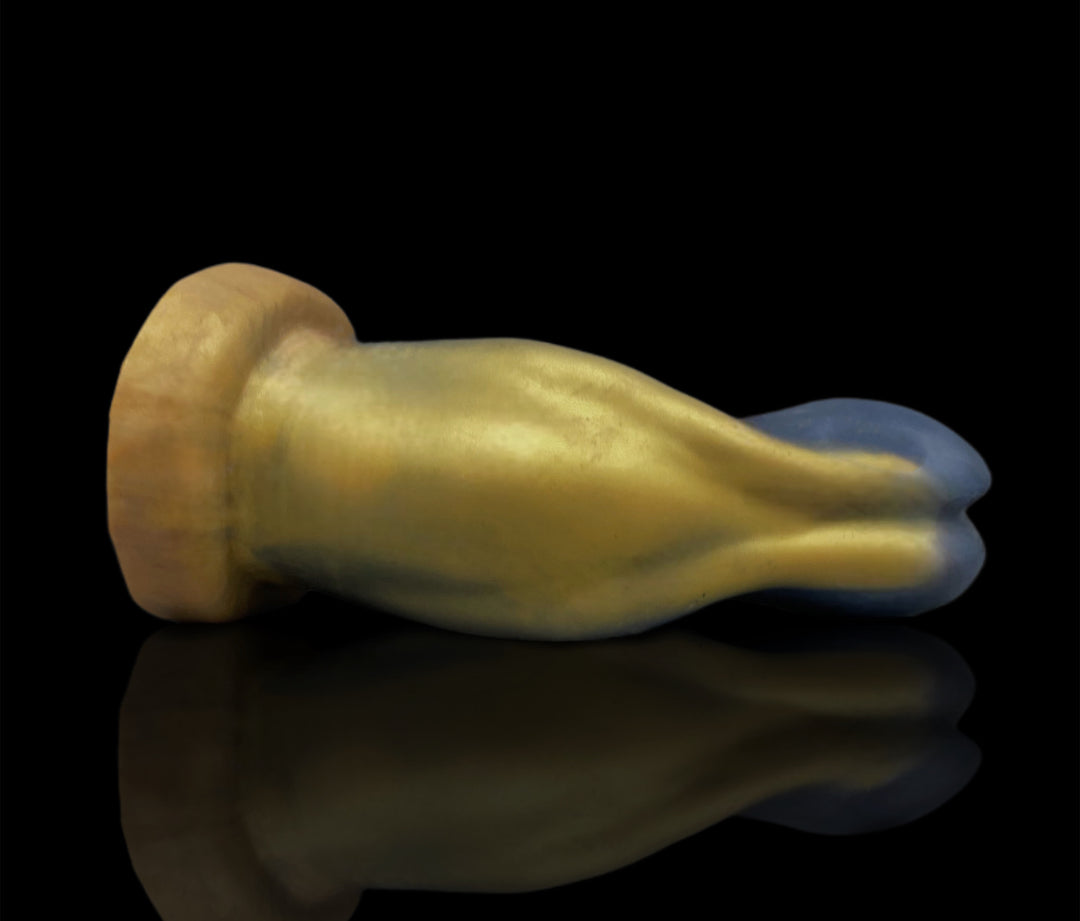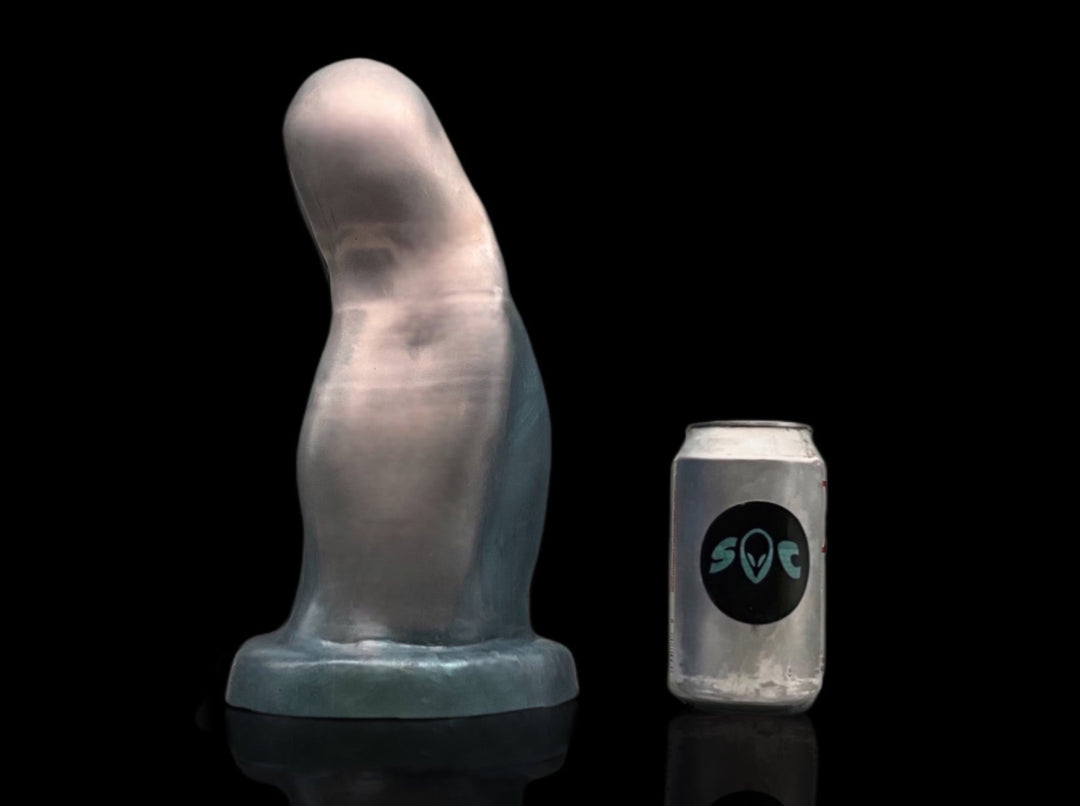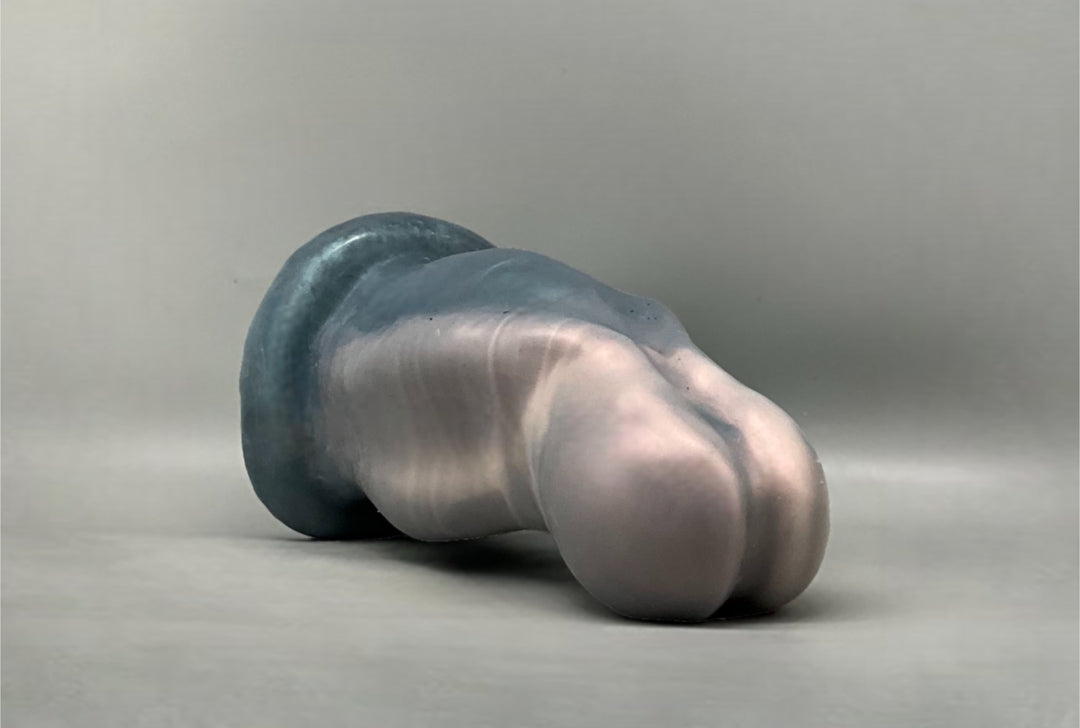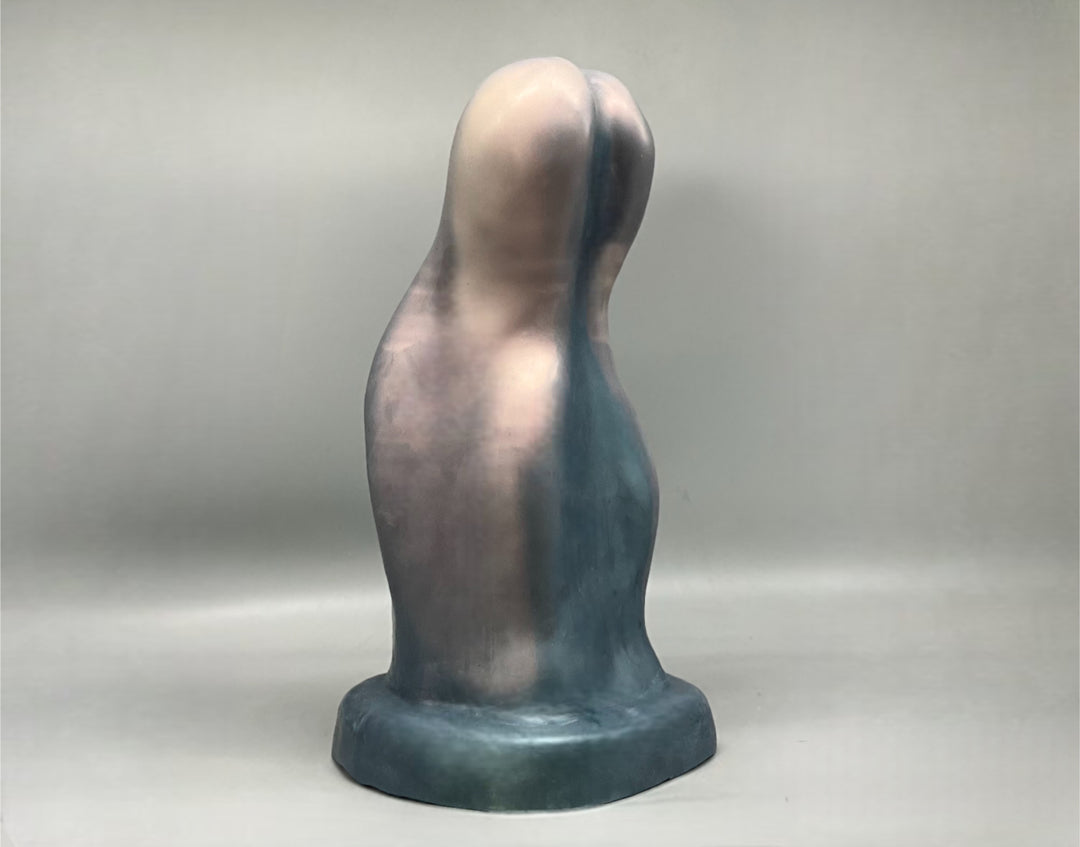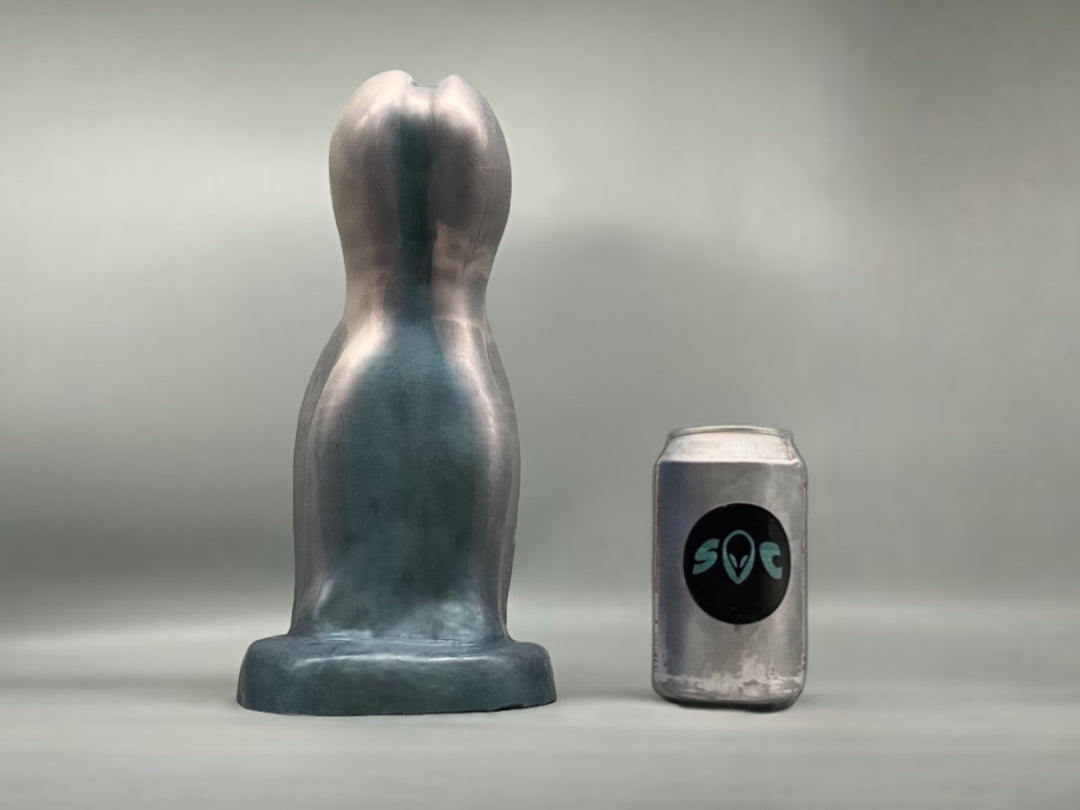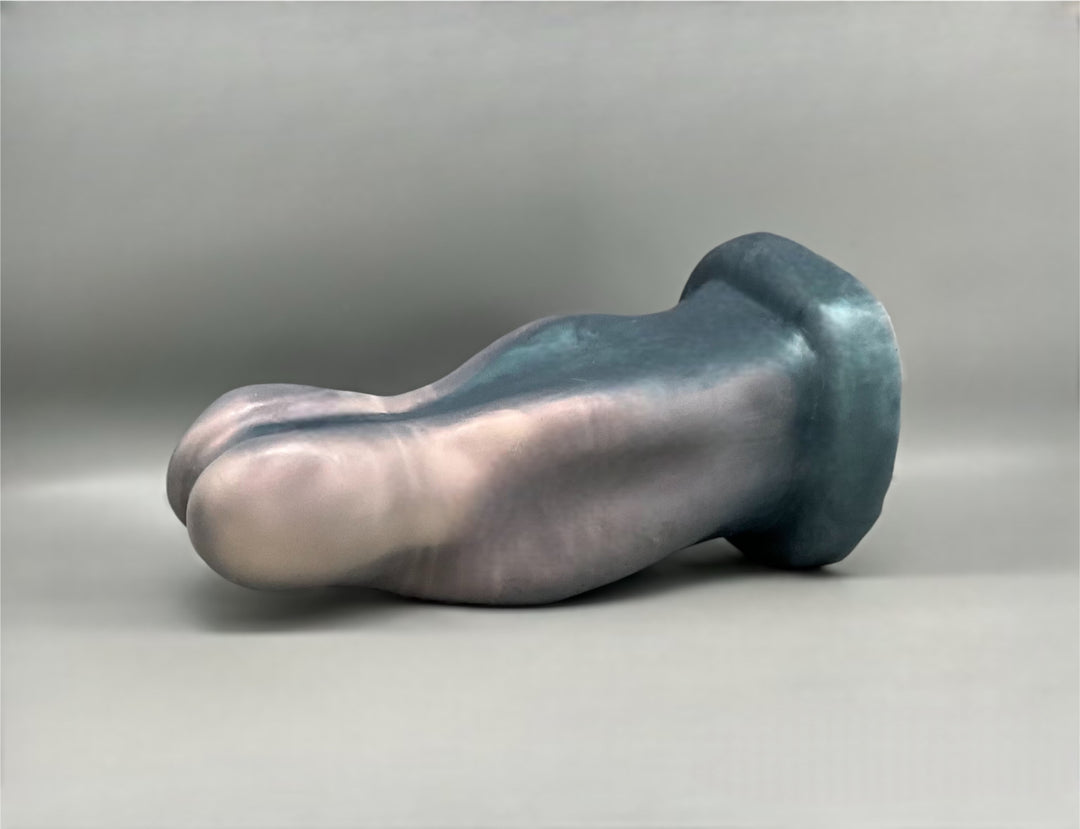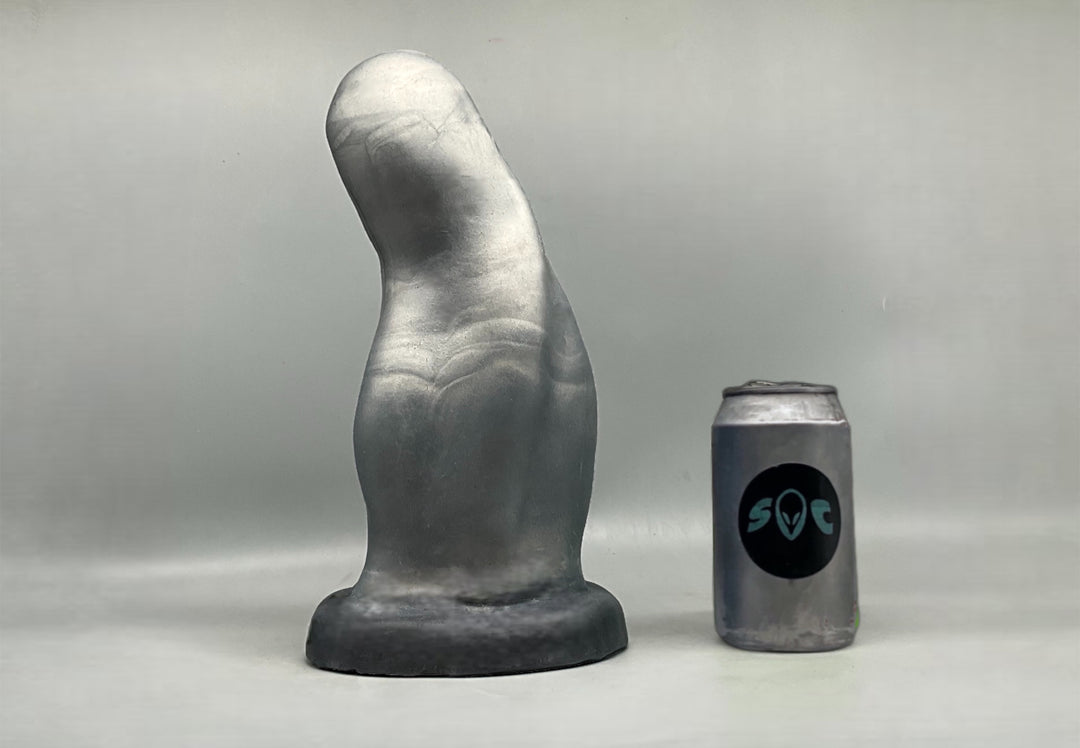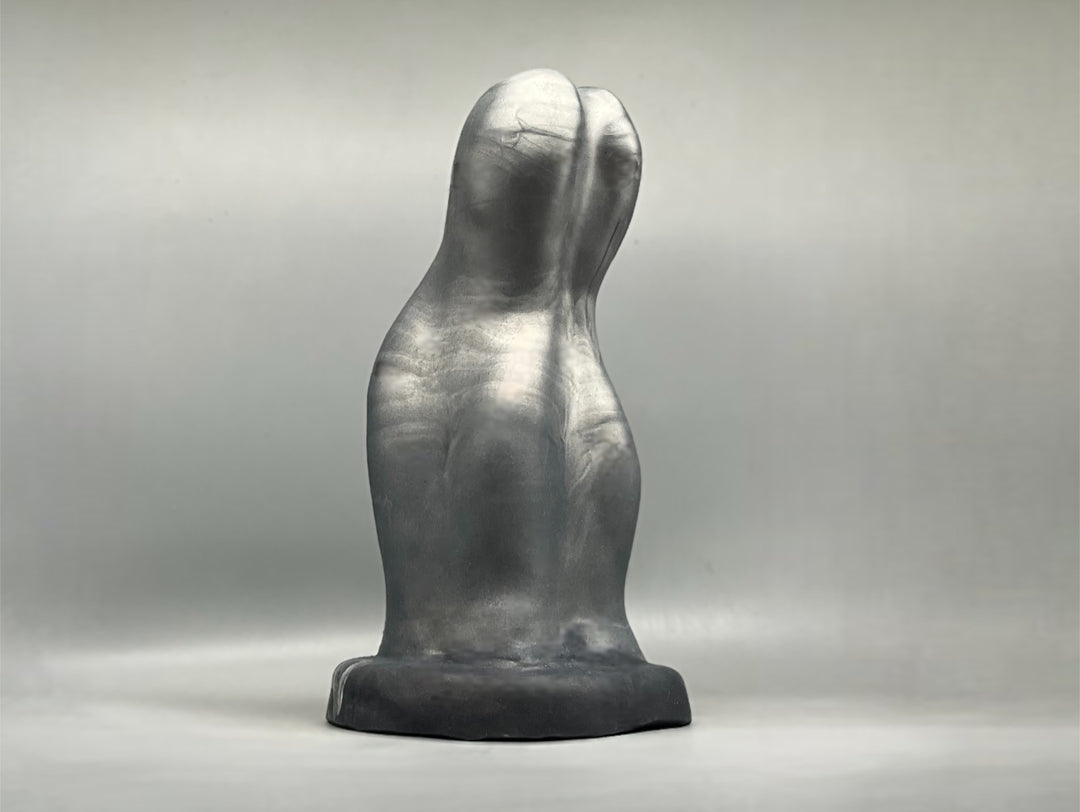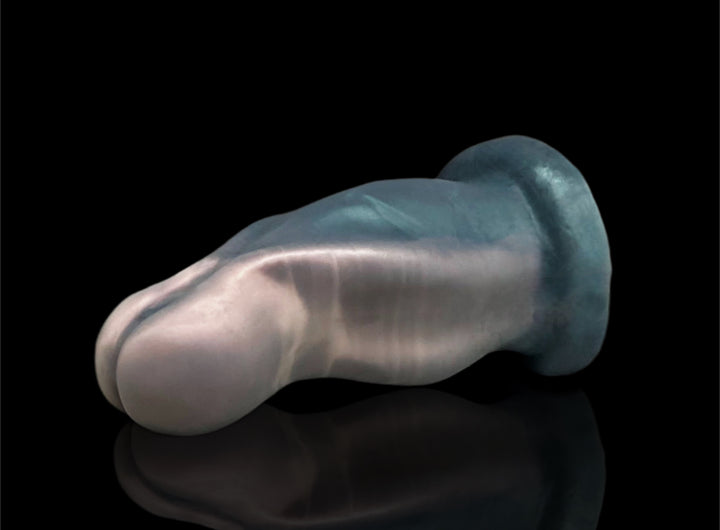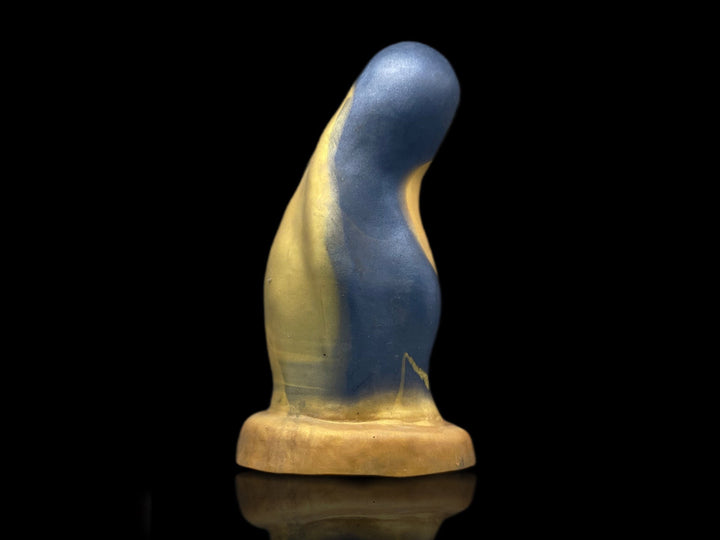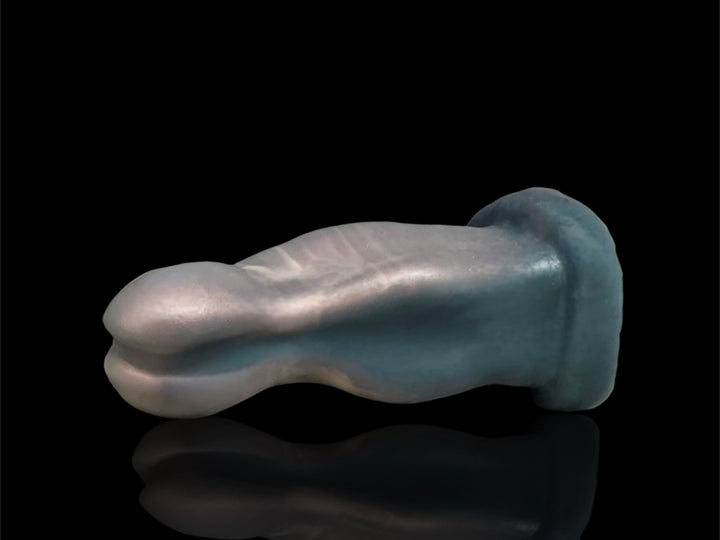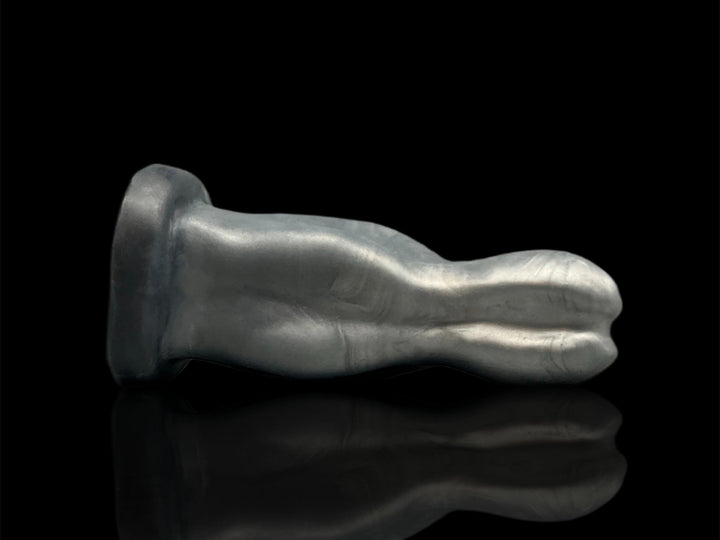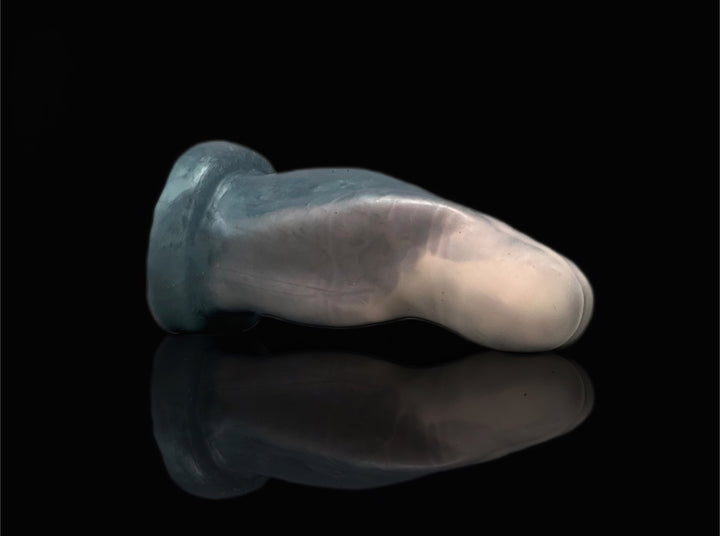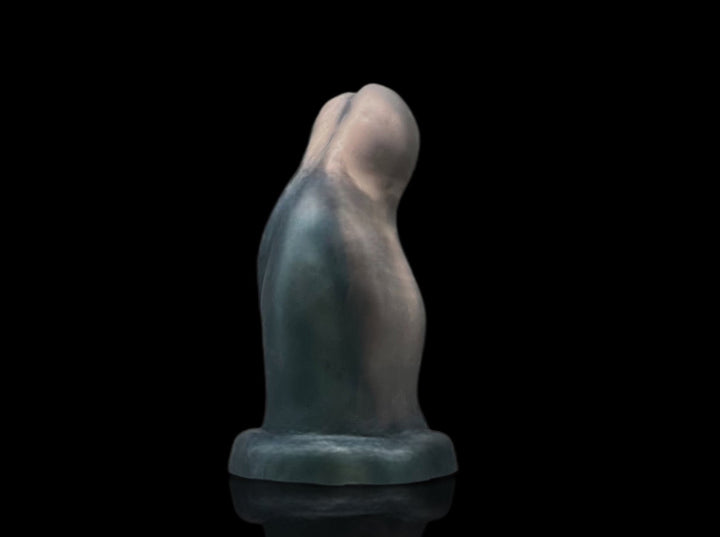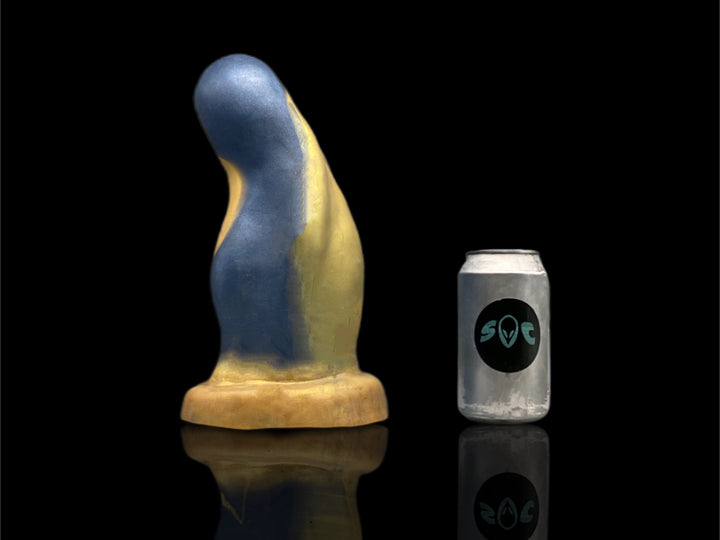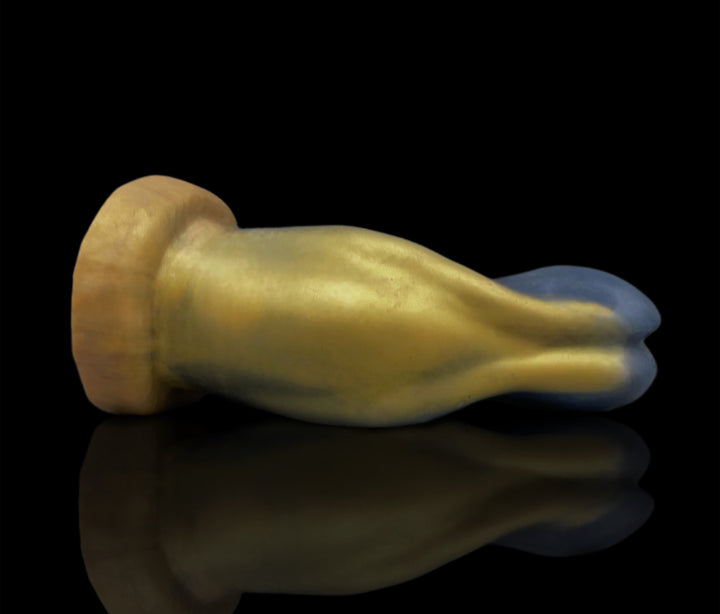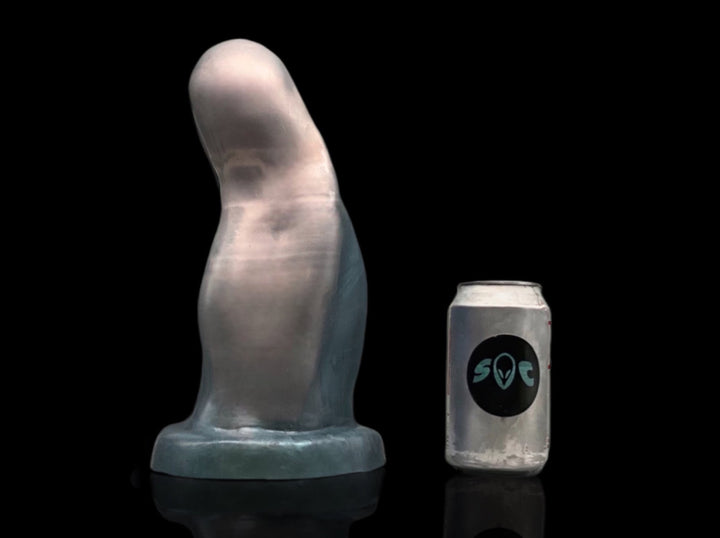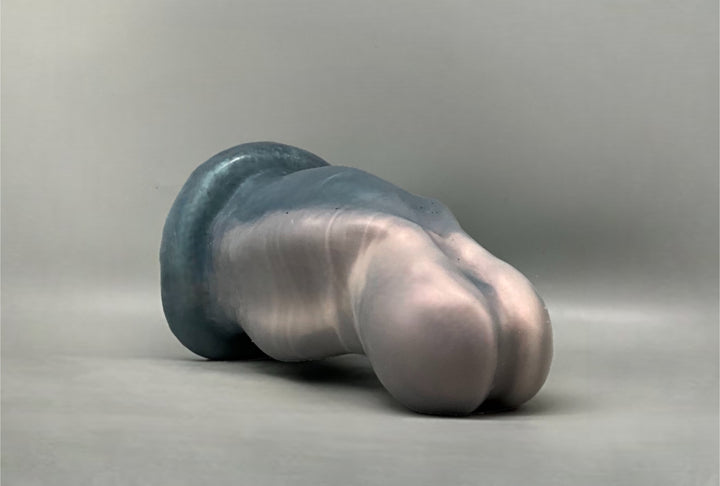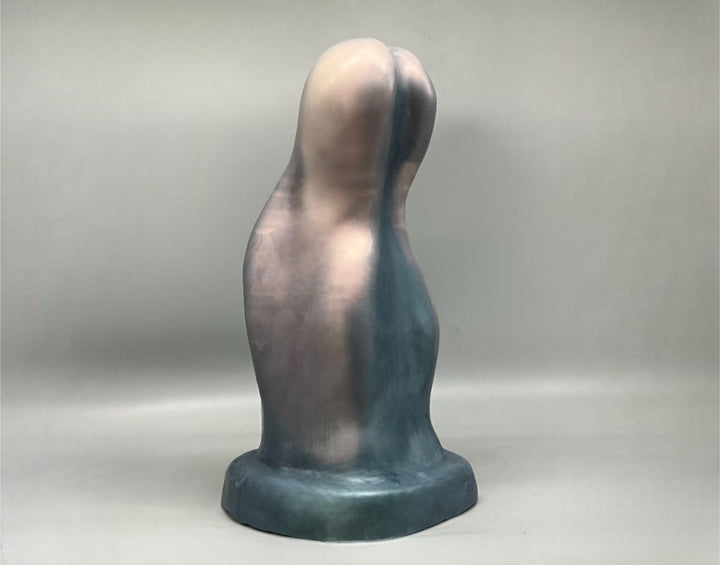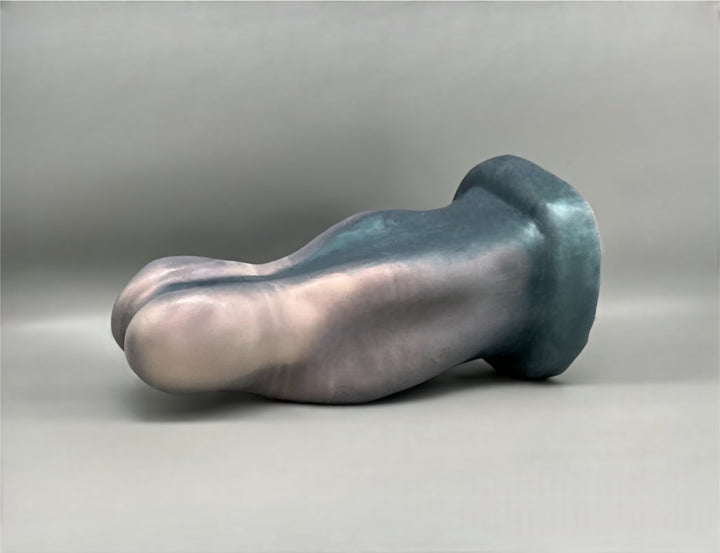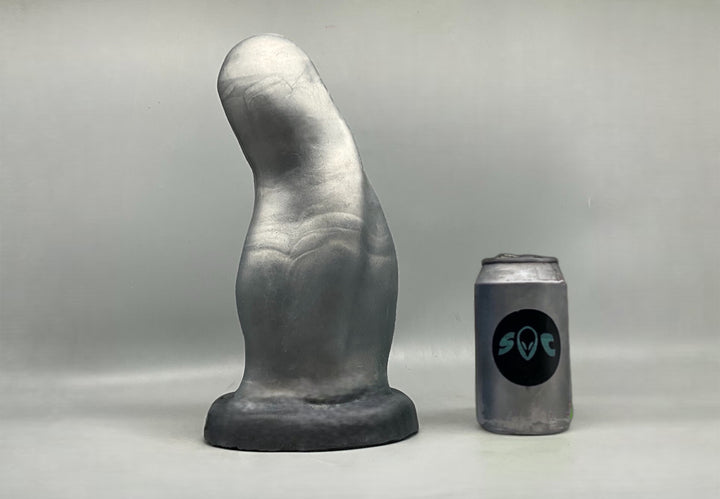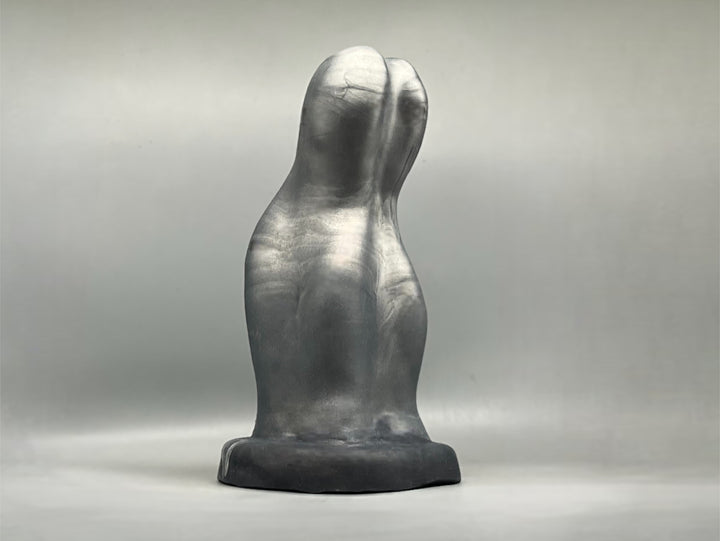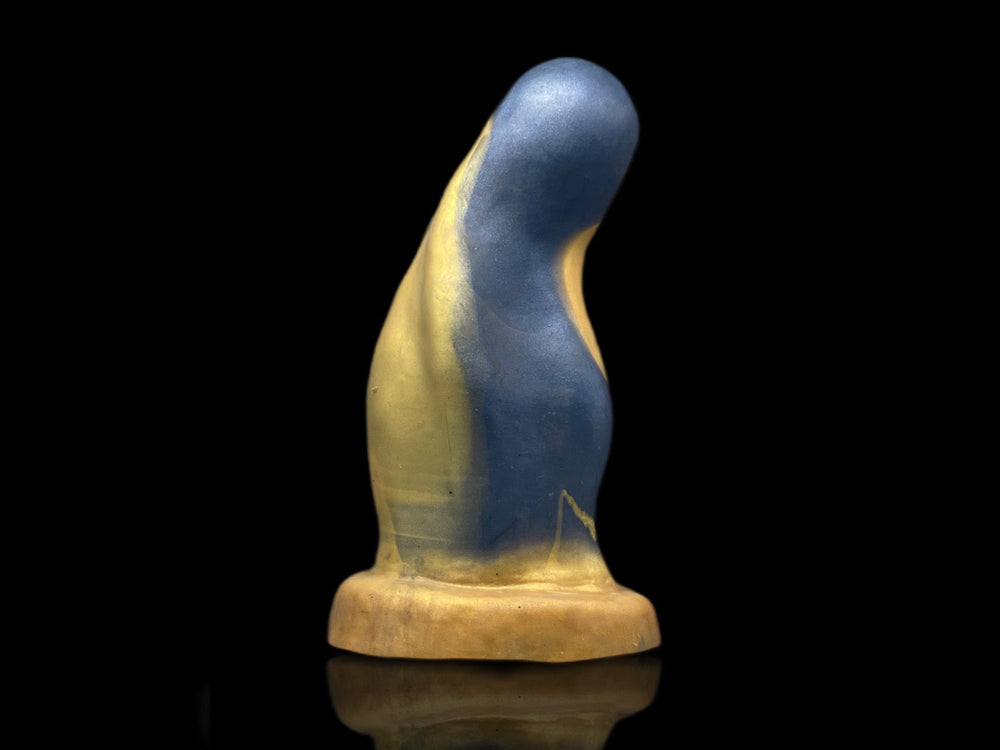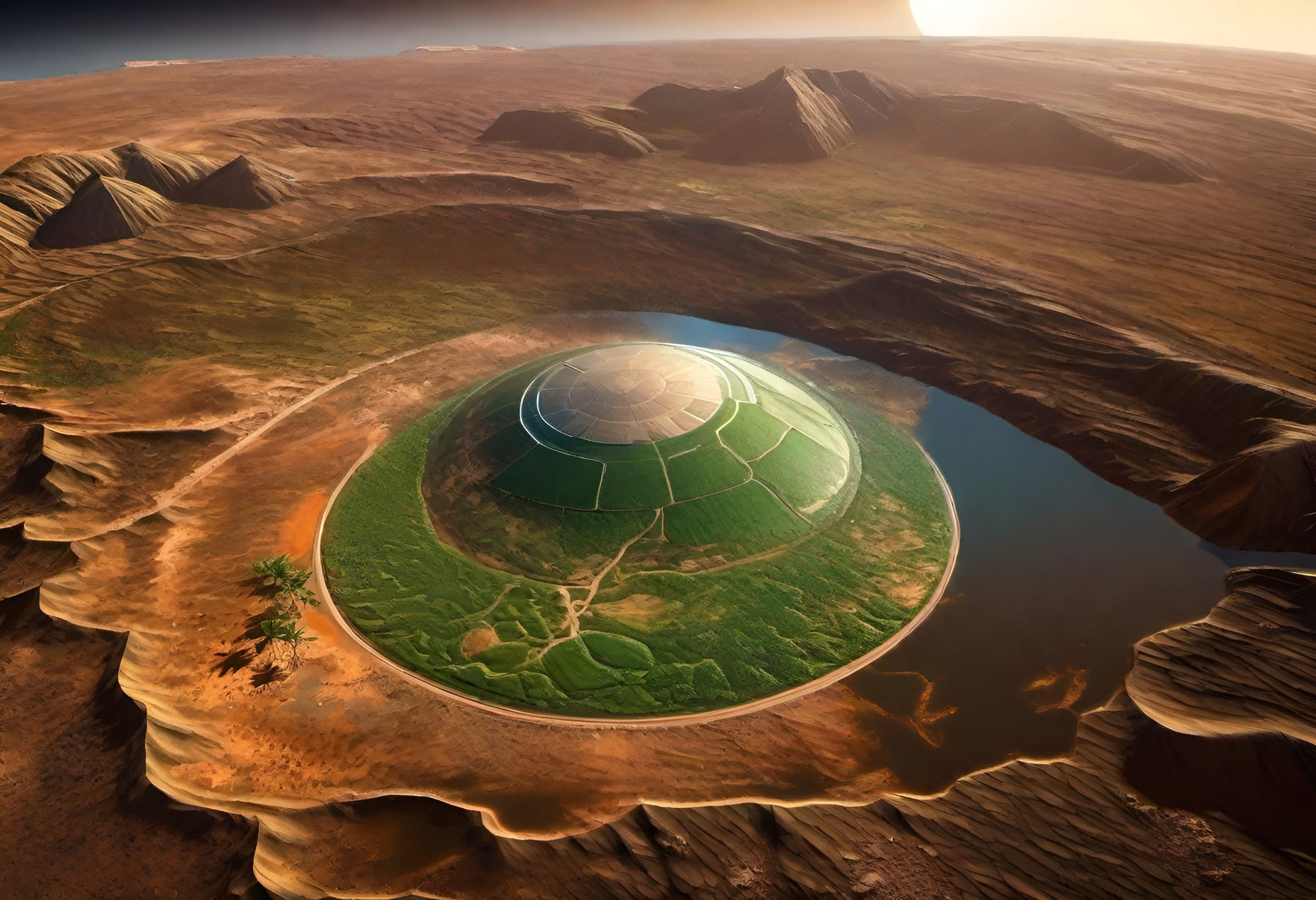
MARS TERRAFORMING PODS 2123
During the colonization of Mars at the beginning of the 22nd century, a group of scientists bioengineered a miraculous form of vegetation using minerals exclusively found on the moon Phobos. This living organism, named after the moon itself, thrived much like plants on Earth, thanks to the process of photosynthesis. The main benefit that Phobos provided came with its frequent shedding of skin layers, which, when exposed to the vacuum of space, solidified into a material stronger than metal, yet as translucent as glass, that could be used to shield harmful radiation.
Due to the absence of strong winds and bees within the living pods, that were necessary to aid Phobos in the process of reproduction, the scientists had to devise a radical solution. Phobos could reproduce with the assistance of humans, who would need to transfer pollen from one plant to another through copulation. In this process, Phobos would also benefit from the nutrients it extracted from the human body, effectively cleansing it of around 80% of its waste. This solution might have stemmed from the necessity for some form of sexual interaction on a sparsely populated Mars, but it proved to be an efficient and mutually beneficial arrangement. As you can imagine, it gave rise to a thriving industry over the next few decades, attracting many workers whose sole responsibility involved engaging in sexual activity with the plants multiple times a day. These individuals were later playfully nicknamed "Phoboriders."


